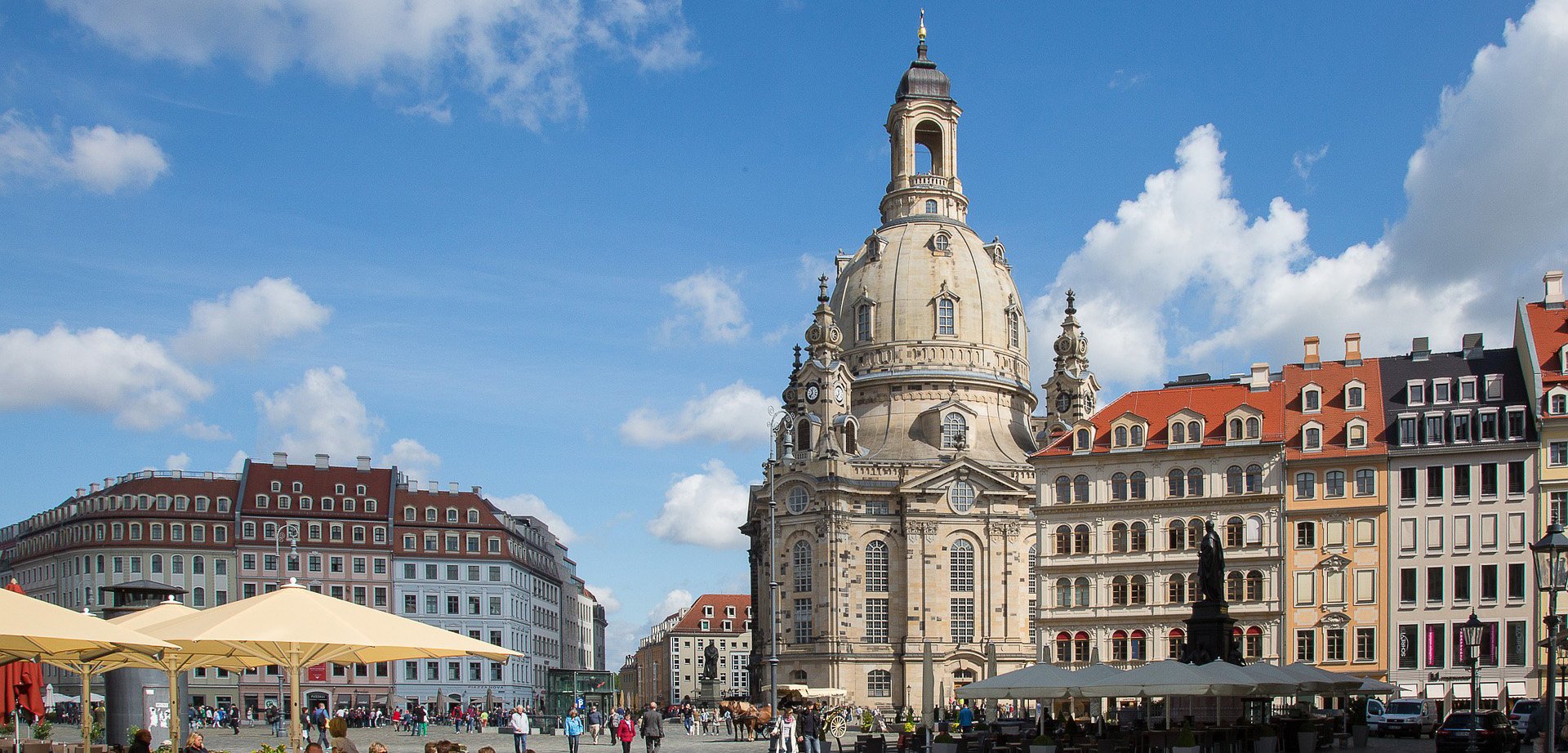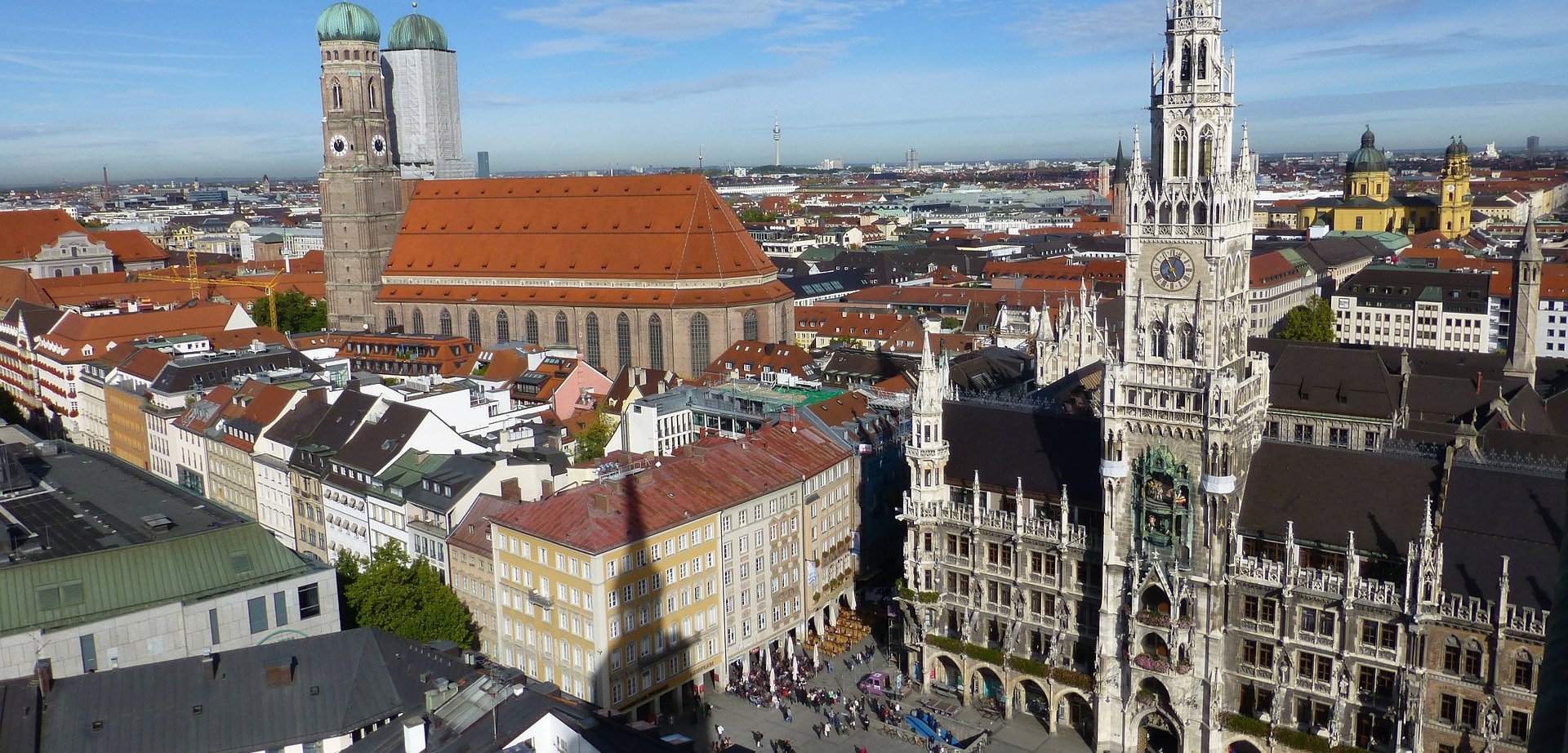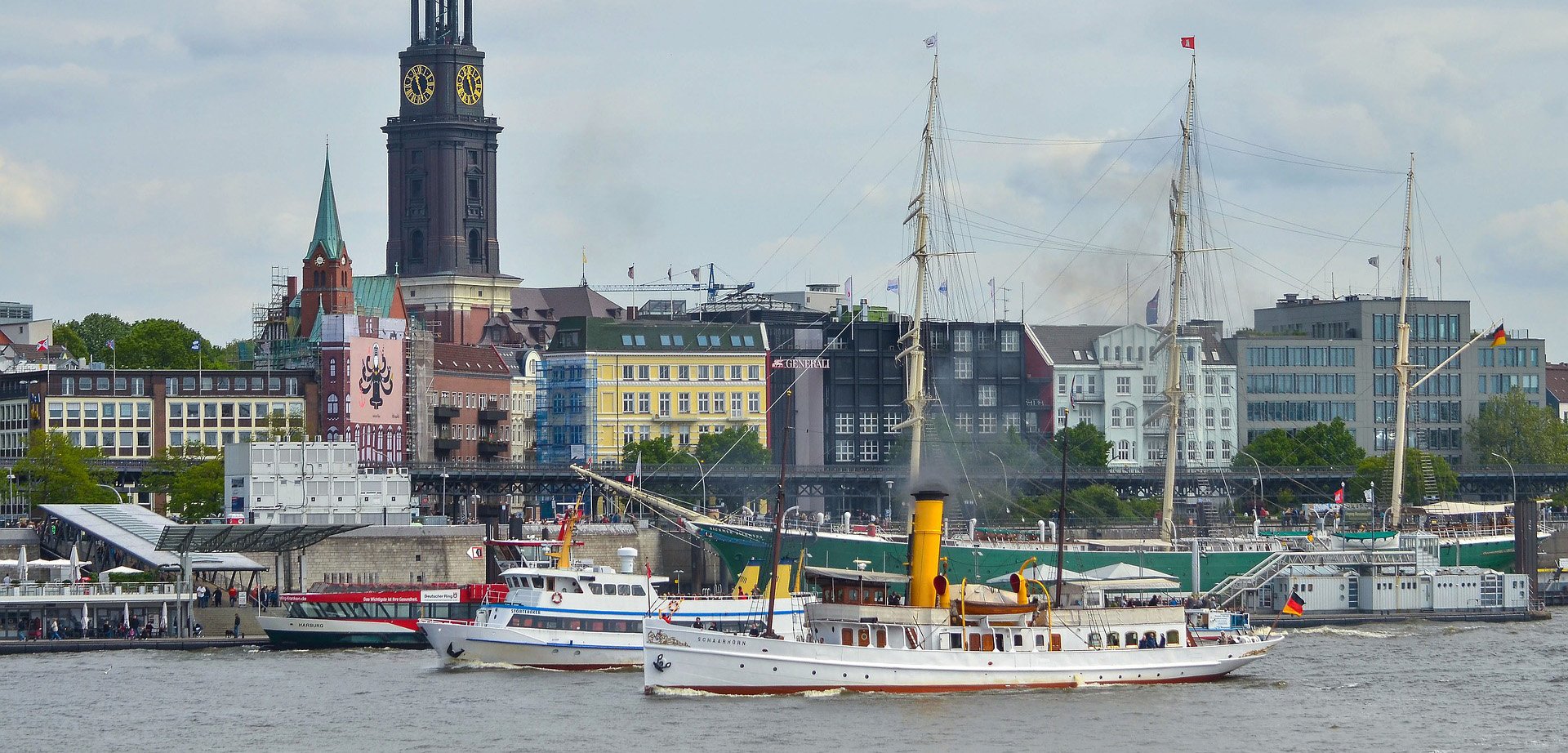Germany Experiences
Berlin
The German capital and largest city by population and area, Berlin offers three World Heritage Sites: Museum Island; the Palaces & Parks of Potsdam & Berlin; and the Berlin Modernism Housing Estate. Other landmarks: Brandenburg Gate, Reichstag, the postmodern Chancellery, the Memorial to the Murdered Jews of Europe, the Gendarmenmarkt, and the Berlin Cathedral with the most important dynastic crypt in Germany, the imperial Hohenzollern crypt. Berlin is home to 778,000 registered residents of foreign nationality, among them about 23,000 US citizens. It offers an international, mostly progressive atmosphere with a large, diverse art and music scene and lively, in parts exotic nightlife.
Frankfurt
Frankfurt is seat of the European Central Bank and home to major banking corporations and unusual for German cities, its skyline is shaped by some of Europe's tallest buildings. The city is culturally, ethnically, and religiously diverse, with half of its population, and a majority of its young people of foreign background. Frankfurt was all but destroyed during WWII. The Dom-Roemer Project rebuilt a part of the Oldtown between 2012 and 2018 to original specifications. Admire the House of the Golden Libra. Frankfurt Cathedral is close by. The city hosts the largest German airport, home to the Lufthansa fleet. Worth visiting are the Cathedral, the Roemer and new Oldtown, St. Paul's Church, Saalhof, Alte Oper and the Eiserner Steg, a pedestrian only bridge across the Main river built in 1868.
Dresden
Dresden has a long history as the capital and royal residence of the Kings of Saxony, whose enormous wealth provided the city with cultural and artistic splendor. It also was the family seat of Polish monarchs. The city’s beauty was due to its baroque and rococo city center. The bombings of WWII destroyed the center. It has partially been rebuilt since. Its most prominent building is the Frauenkirche. Built in the 18th century, the church was destroyed during World War II. The remaining ruins were left for 50 years as a war memorial, before being rebuilt between 1994 and 2005. Other famous landmarks: the Zwinger, the Semper Opera, Dresden Castle, the Fuerstenzug, Striezel market at Christmas, Moritzburg Castle and Saxon Switzerland outside Dresden.
Black Forest
The black forest is a forested mountain range in southwest Germany. It is bound by the Rhine valley to the west and south. Its highest peak is the Feldberg with a height of 1,493 m (4,898 ft). The mountains landscape is beautiful, and roads are good. The Black Forest Open Air Museum at Vogtsbauernhof farm in Gutach has original Black Forest houses offering insights into farming life of the 16th and 17th centuries. The German Clock Museum in Furtwangen demonstrates the history of the watch production and clock-making industries. Other museums in the region show off work and life in the region. Cities of interest nearby are Baden Baden and Freiburg.
Munich
Capital of the State of Bavaria, Munich is a global center of art & industry enjoying a very high standard of living, being rated as one of the five most liveable cities by several int'l surveys. Munich is home to the Max Planck & Fraunhofer societies, Oktoberfest, and a multitude of first-rate museums among them the Deutsches Museum, Bavarian National Museum, BMW Museum. The modern Ohel Jakob Synagogue and adjacent Jewish Museum Munich are interesting. Marienplatz in the center harbors Old and New town hall with the Glockenspiel. Ludwigstrasse displays Italian Renaissance and Italian Romanesque buildings. Nymphenburg Castle with its gallery of Beauties is a must visit as is one of the numerous beer gardens where one meets locals and visitors alike.
Hamburg
Hamburg is Germany's second largest city and Europe's third largest port. For centuries, it was a wealthy member of the Hanseatic league. The Speicerstadt and Kontorhausviertel are listed as World Heritage Sites. Hamburg has architecturally significant buildings in a wide range of styles. The concert hall Elbphilharmonie is just one of Hamburg’s architectural marvels. Miniatur Wunderland is a must see, especially if you travel with children. And Hamburg offers one of the most interesting harbor tours of any port city. Neuer Wall is one of Europe's most luxurious shopping streets.
Luther Country
South of Berlin in Eastern Germany one finds the area where Martin Luther lived and where the Protestant Reformation began. Even for non-Lutherans these cities are a delight to visit. Not affected by war destruction they present historic small-town Germany. Erfurt, Wittenberg, Eisenach and Eisleben. Include Weimar of Johann Wolfgang Goethe fame and Leipzig is close by.
Lake Constance
In German the Bodensee, Lake Constance is the third largest freshwater lake in Central and Western Europe in surface area and the second largest in volume. Germany, Switzerland, and Austria border the lake. Lake cities are Konstanz, Überlingen, Meersburg, Friedrichshafen (Zeppelin Museum!), Lindau and Bregenz as they are the big hubs for boating tourism. The main tourism attractions are places like Rhine Falls, one of the three biggest waterfalls in Europe, the Mainau Island and Reichenau Island (UNESCO world heritage), the pilgrimage church Birnau, castles and palaces like Salem Abbey, Meersburg Castle as well as UNESCO world heritage site, the Pfahlbaumuseum in Unterruhldingen. The Alps reach almost to the east of the lake, producing great scenic beauty.
![SITA Canada Final_color [Converted]new_for_wp SITA Canada Final_color [Converted]new_for_wp](https://sitatourscanada.com/wp-content/uploads/2019/12/SITA-Canada-Final_color-Convertednew_for_wp.png)







